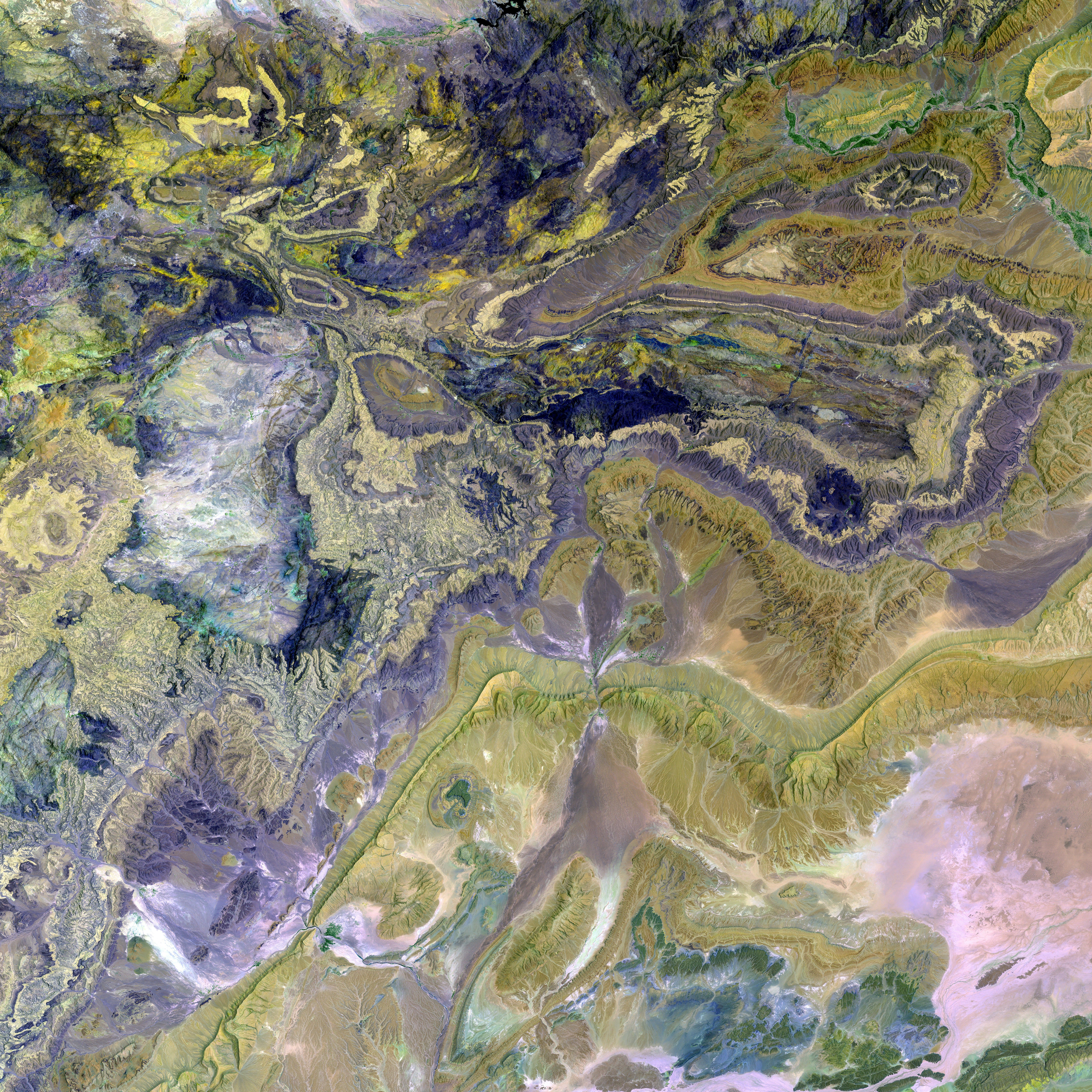Time Warp to the Past: These Piece of Software Ruled Our Digital Domain During the Y2K Era
- Written by Wiebke Tomescheit
- Read Time: 4 minutes
These computer programs were essential components of our childhood. - These computer programs were essential components of our formative years.
Plopped in the midst of the millenium, computers and internet connections became the latest craze, transforming living rooms into tech hubs. Dingy monitors, colossal, droning computers, cluttered desks - these were the popular hangouts for the young folks, brimming with excitement to explore the digital frontier. Facebook and Twitter hadn't come into being, but MySpace and StudiVZ served as platform for connection and entertainment that outrivaled television's offerings at the time.
Now looking back, not everything we did on these devices was strictly legal (ahem, Pirate Bay, ahem), but our intentions were pure and far from malicious. Compared to today's often toxic social media platforms, our cyber world back then was marked by a more friendly, less toxic atmosphere. So, what made our home computers so fashionable back then? Enter the vital software solutions that ensured our virtual interactive experience. With a hint of nostalgia, we present a small roundup of those iconic programs that graced our desktops:
Talk 'n' Stroll: ICQ
Just one click away from reaching our closest mates, ICQ was a no-frills messaging platform that connected you with your contacts in real-time. Nicknames were the name of the game here, boasting a unique, customizable identity for each user. A godsend in the days before mobile phones were prevalent, making waves among a population paying as much as 20 cents for a single SMS. WhatsApp was yet to conquer the market, leaving ICQ and its hosts of quirky online games (ZooPalooza, Slide-a-Lama) to wow youngsters with its charming simplicity.
Sing Along: eMule
Trudging to MediaMarkt to buy CDs felt like a ritual, as digital options were costly and limited. So many young people wanted music but were financially unable to purchase the latest albums with their measly pocket money. Unsurprisingly, file-sharing platforms such as eMule, Napster, Kazaa, uTorrent, WinMX, Limewire, and many others were in vogue. Connecting millions of users across the globe, these services enabled the exchange of music, videos, and other content. However, remember the days of paying astronomical fines for downloading legal but restricted content? Yeah, we got scorched by every warning wave that washed ashore.
Spin That Tune: WinAmp
To savor our legally purchased or file-shared MP3s on our computers, a media player was essential, and WinAmp was the obvious choice - it was unique, sleek, and resource-savvy. For those who yearned for a bit more, it offered visualizations of the sound waves produced by the playing music - quite the spectacle for 90s kids! Of course, the supposed Pro version that demanded payment never materialized, enabling users to indulge in free music playback. Just as good news for us, all efforts by larger corporations to rake in the cash from WinAmp (including AOL) failed miserably. We kept our simple, free player and rejoiced!

Smile for the Lens: GIMP
With the influx of the first digital cameras, we all became photographers - amateur or otherwise. However, Photoshop was reserved for professionals or those with serious hobbyist leanings. Enter our knight in shining armor - GIMP (GNU Image Manipulation Program). It served as a beginner-friendly, free alternative to Photoshop, imbuing us with the freedom to manipulate our photos and graphics with basic image editing skills. Sure, our attempts at becoming Picasso were laughable, but we had a blast trying! Plus, the occasional approval from our friends made the learning process delightfully rewarding.
Record to Preserve: Nero Burning Rom
Loaded alongside our monitors were stocks of CD and DVD discs. These were our storage devices of choice for games, programs, movies, documents, and, of course, music. With the help of disc burners and burning software like Nero, we could create CD compilations and send them to each other. The beauty of our multimedia world lay in the contrast between the OCD types who painstakingly designed CD covers using Microsoft Word, and the casual folks who marked their burning creations with a quick, blue marker and couldn't care less about cases.
Hear from the Pros: YouTube to MP3 Converter
All the music we wanted wasn't always available for download on the platforms mentioned previously. Sometimes, the desired song was nowhere to be found, or it wasn't for sale. Enter the YouTube to MP3 converter - a savior in the world of file sharing. This life-saving tool permitted us to extract the audio from YouTube videos and transform them into MP3 files within moments. Talk about convenience! If only they'd come up with some more creative name for this magical program!
- Digital technology
- Software
- ICQ
- Music
- Piracy
Bonus Fun Facts:
- Over time, the popularity of a few of these programs waned, while others created a lasting legacy in the realm of computing:
- ICQ lost its ground in the late 2000s due to the rise of Skype.
- MSN Messenger effectively closed its doors in 2013.
- WMP was phased out in favor of Windows Media Player 12.
- GIMP has continued to reign as a solid alternative to Photoshop, with constant updates and improvements.
- Nero has transformed into a suite of digital utility solutions, still catering to user needs for disc burning, ROM ripping, and other multimedia requirements.

- In the digital domain of the Y2K era, ICQ was a popular messaging platform that allowed users to connect with their contacts in real-time, offering customizable nicknames as a unique identity.
- Music piracy was rampant during this time, with file-sharing platforms like eMule, uTorrent, WinMX, Limewire, and others enabling the exchange of music, videos, and other content despite the risk of hefty fines for downloading legal but restricted material.
- WinAmp was the go-to media player for 90s kids, offering a sleek, resource-efficient design and even visualizations of sound waves produced by the playing music.
- GIMP served as a free alternative to Photoshop, providing beginner-friendly image editing capabilities that allowed users, many of them amateur photographers, to manipulate their photos and graphics.
- Nero Burning Rom, loaded alongside the monitors of the time, enabled users to create and burn CD compilations for storage and sharing of various digital content like games, programs, movies, documents, and music.
- The digital technology and software of the Y2K era revolutionized the way people interacted, shared, and enjoyed media.
- While some programs like ICQ and MSN Messenger eventually faded from popularity, others like GIMP and Nero continued to evolve and cater to user needs in the realm of computing.




